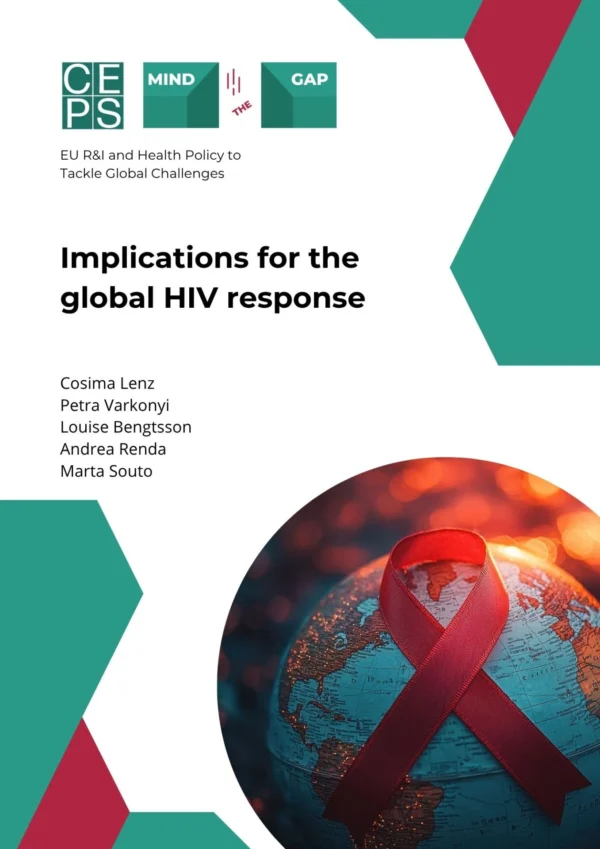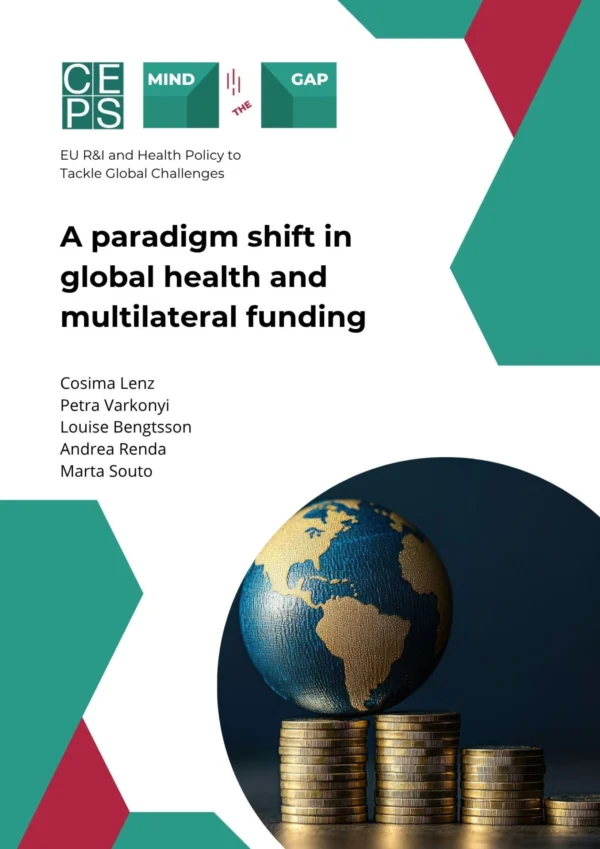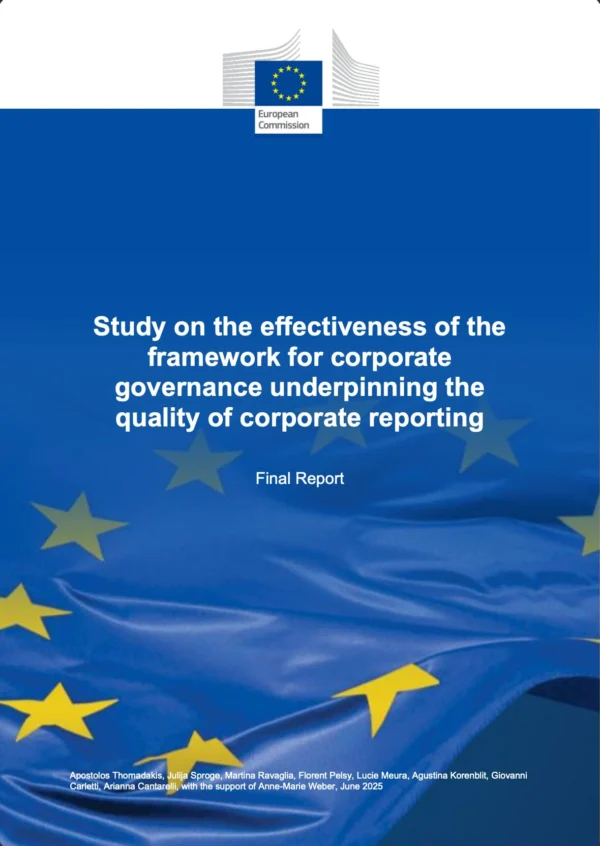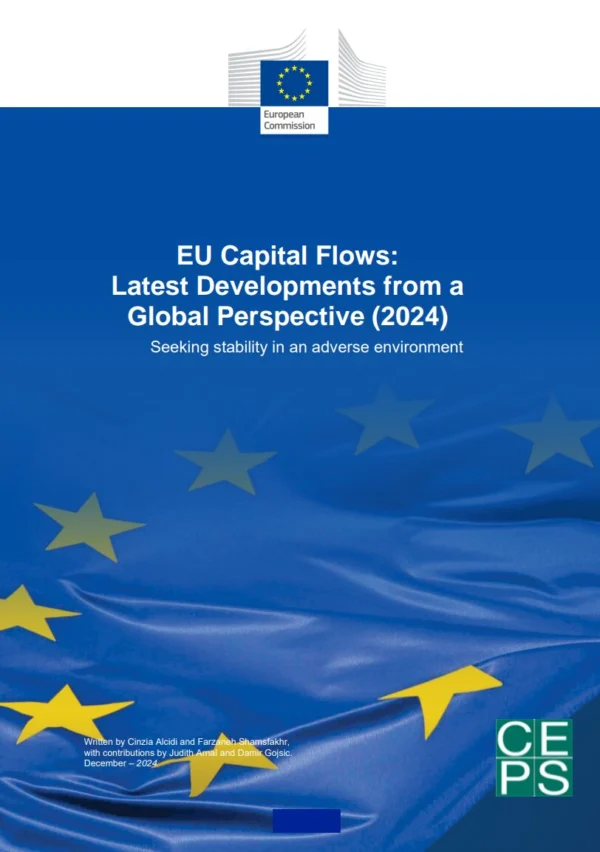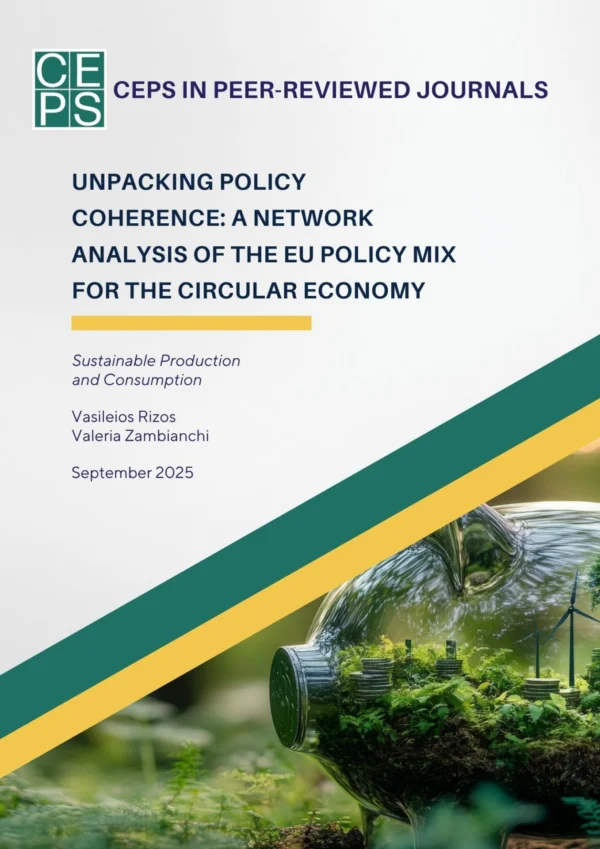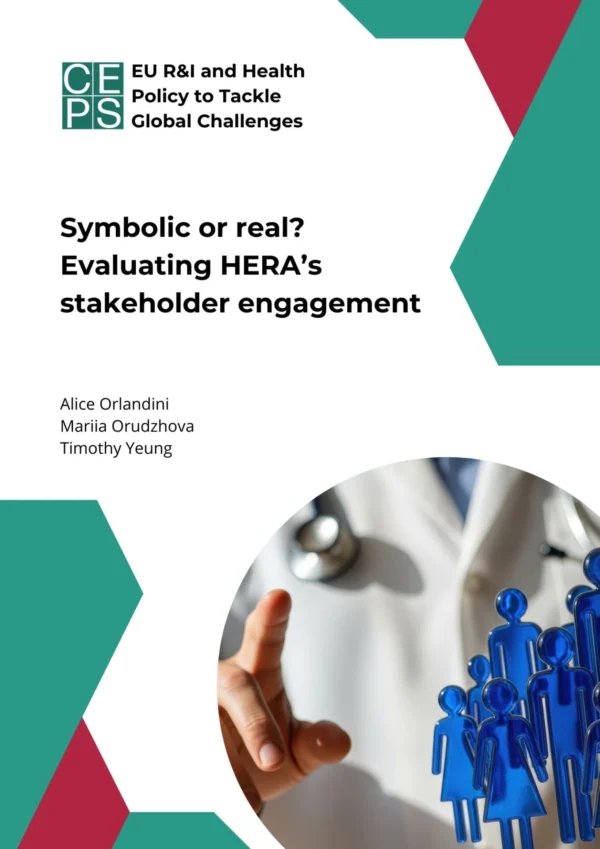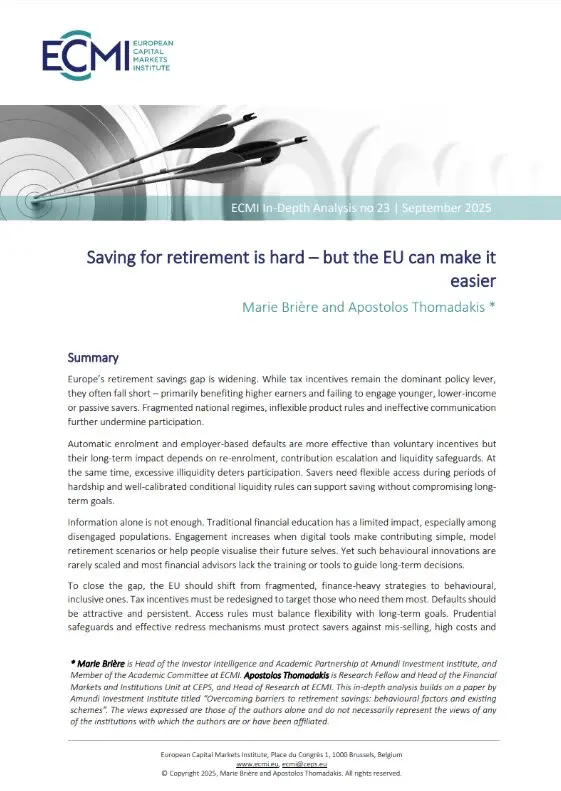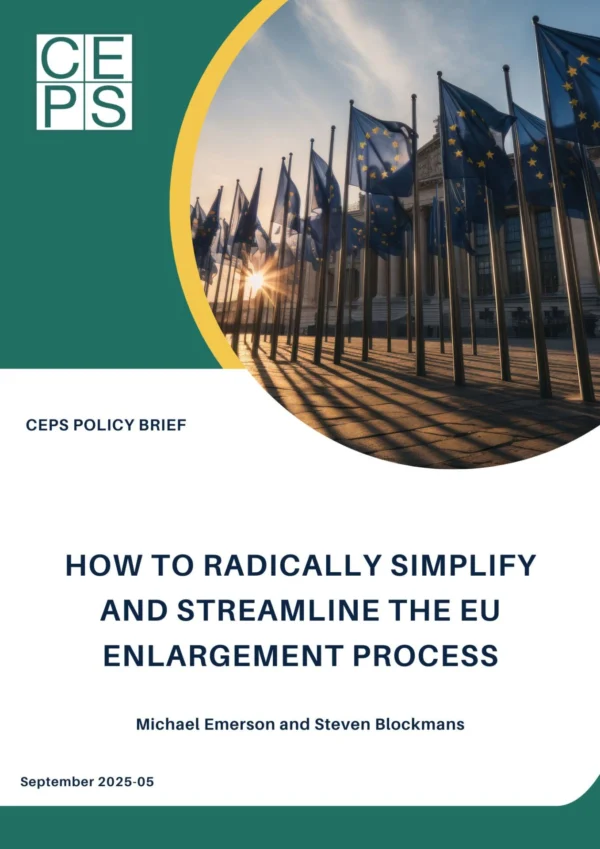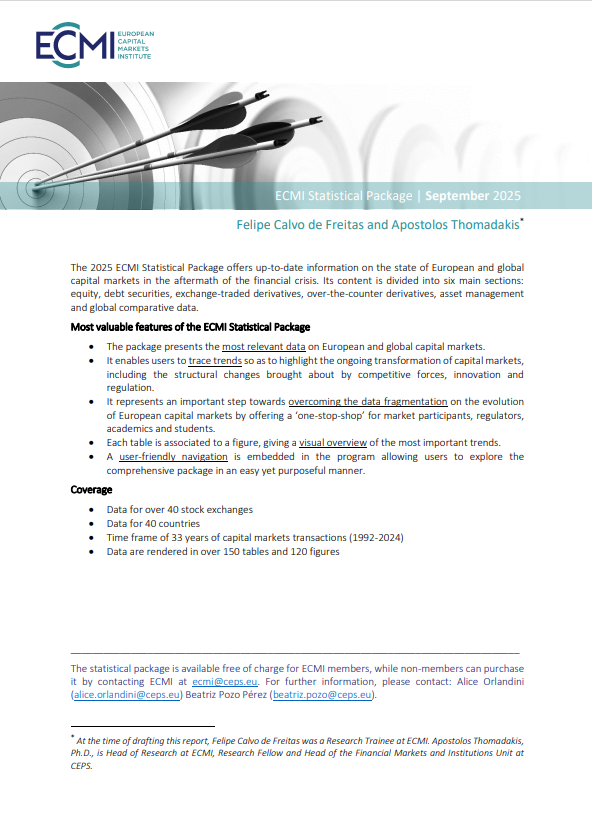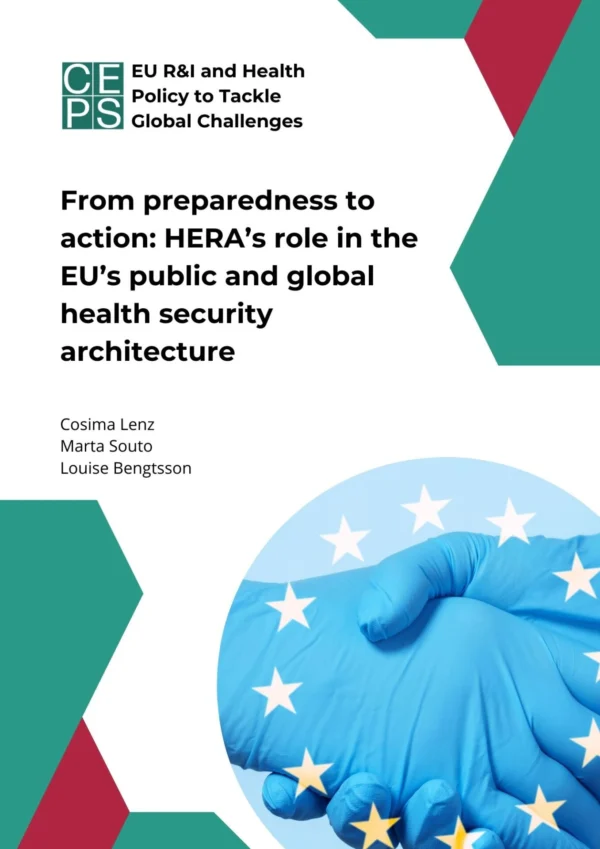European Network of Economic Policy Research Institutes (ENEPRI) Working Paper No. 34, 23 pages
Economic convergence of the EU’s new member countries (NMCs) towards the incumbent EU countries (EU-15) is of paramount importance for both partners, not only in terms of real income but also in nominal terms. This study creates a dynamic, computable general equilibrium model, starting from the Balassa-Samuelson two-sector framework, which is then modified and enlarged (with, among other things, endogenous capital formation, consumption behaviour and labour mobility) to address several other issues such as uncertainty, welfare and sustainability in terms of foreign indebtedness. At the same time, the authors make flows of foreign direct investment (FDI) endogenous in order to evaluate the impact convergence has on the EU-15 and the interaction between the two regions through FDI. The study finds that in a general equilibrium setting, fears of adverse effects resulting from a relocation of EU-15 manufacturing to the NMCs are not well founded.

